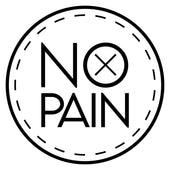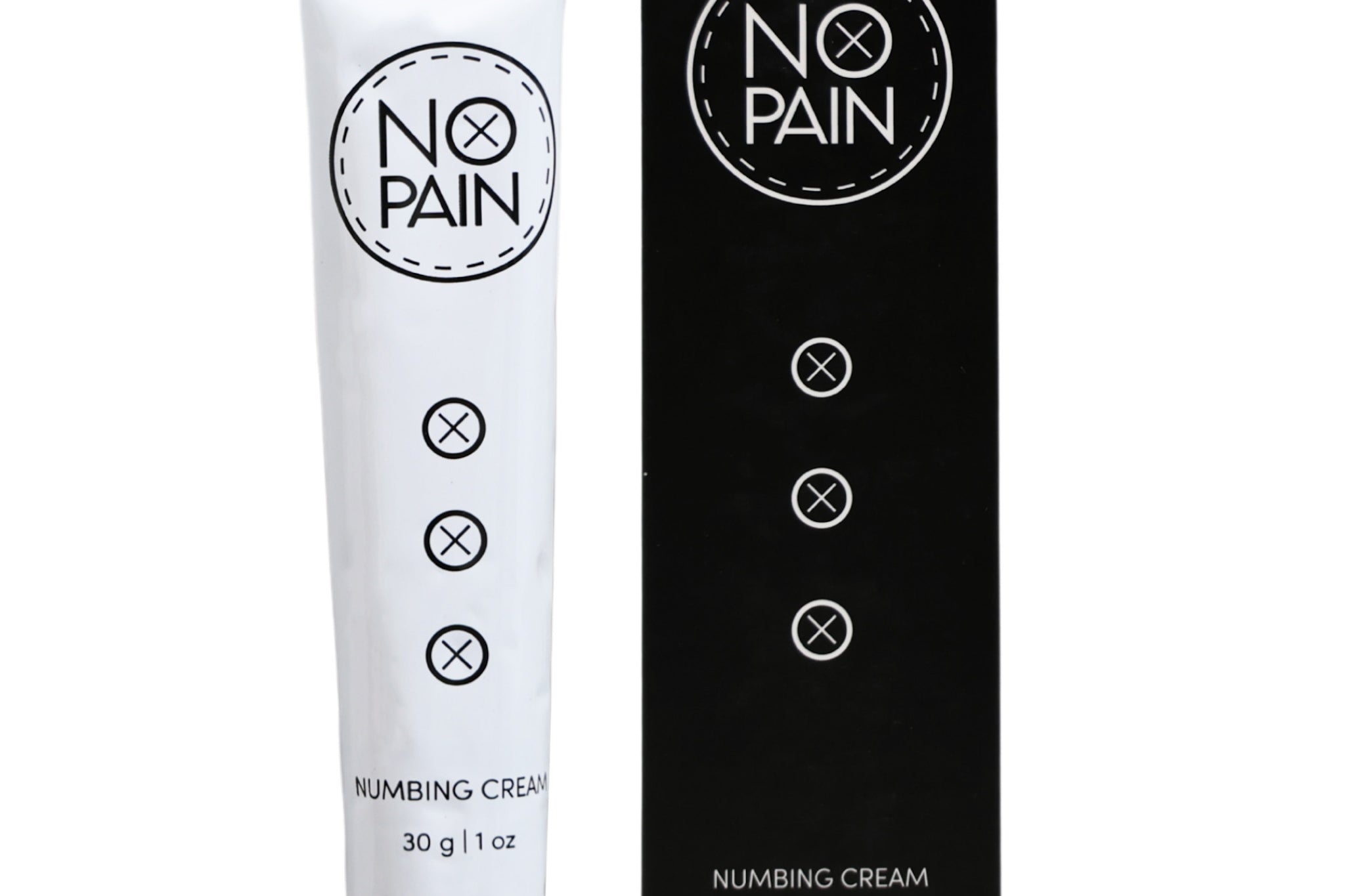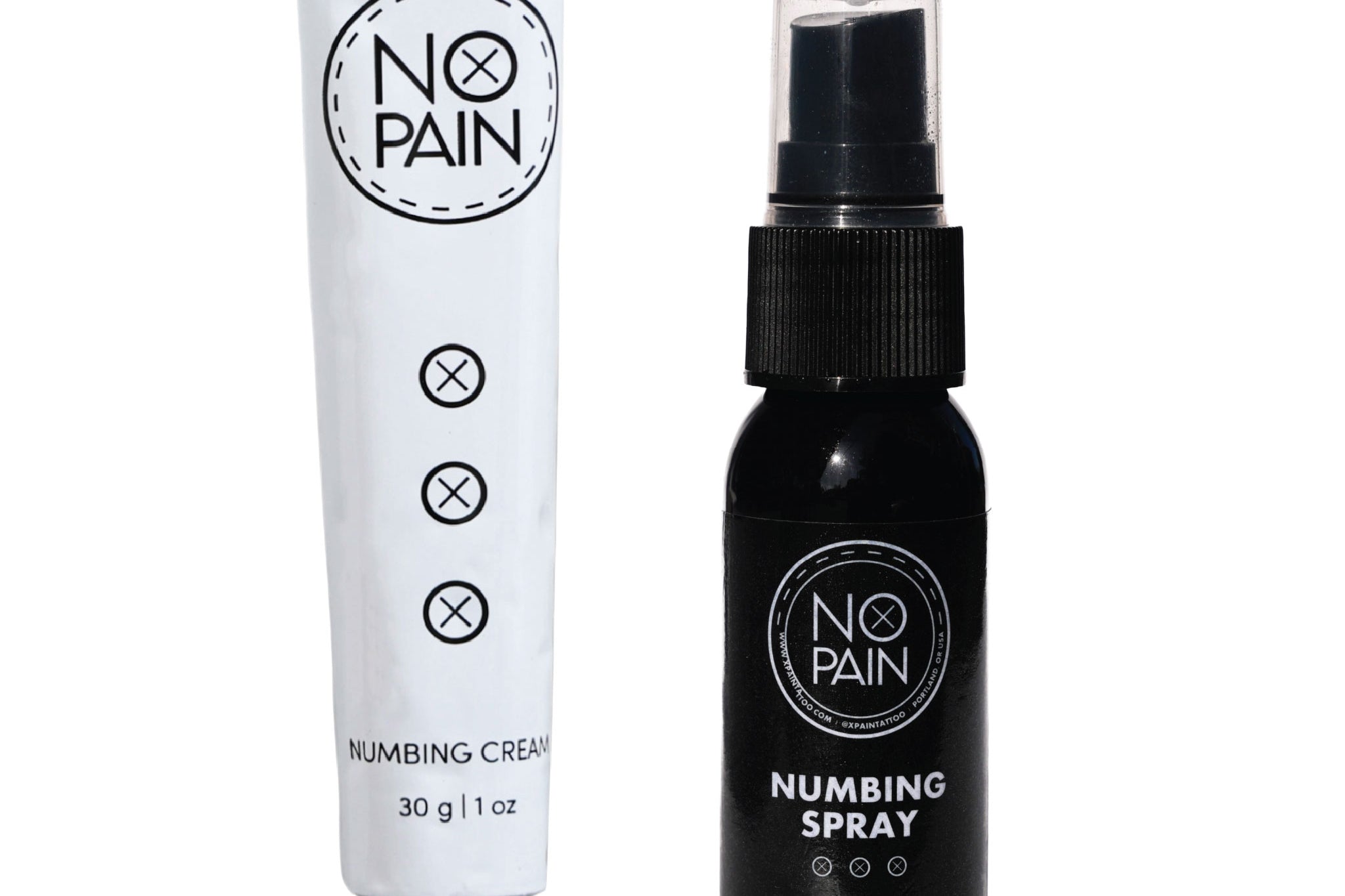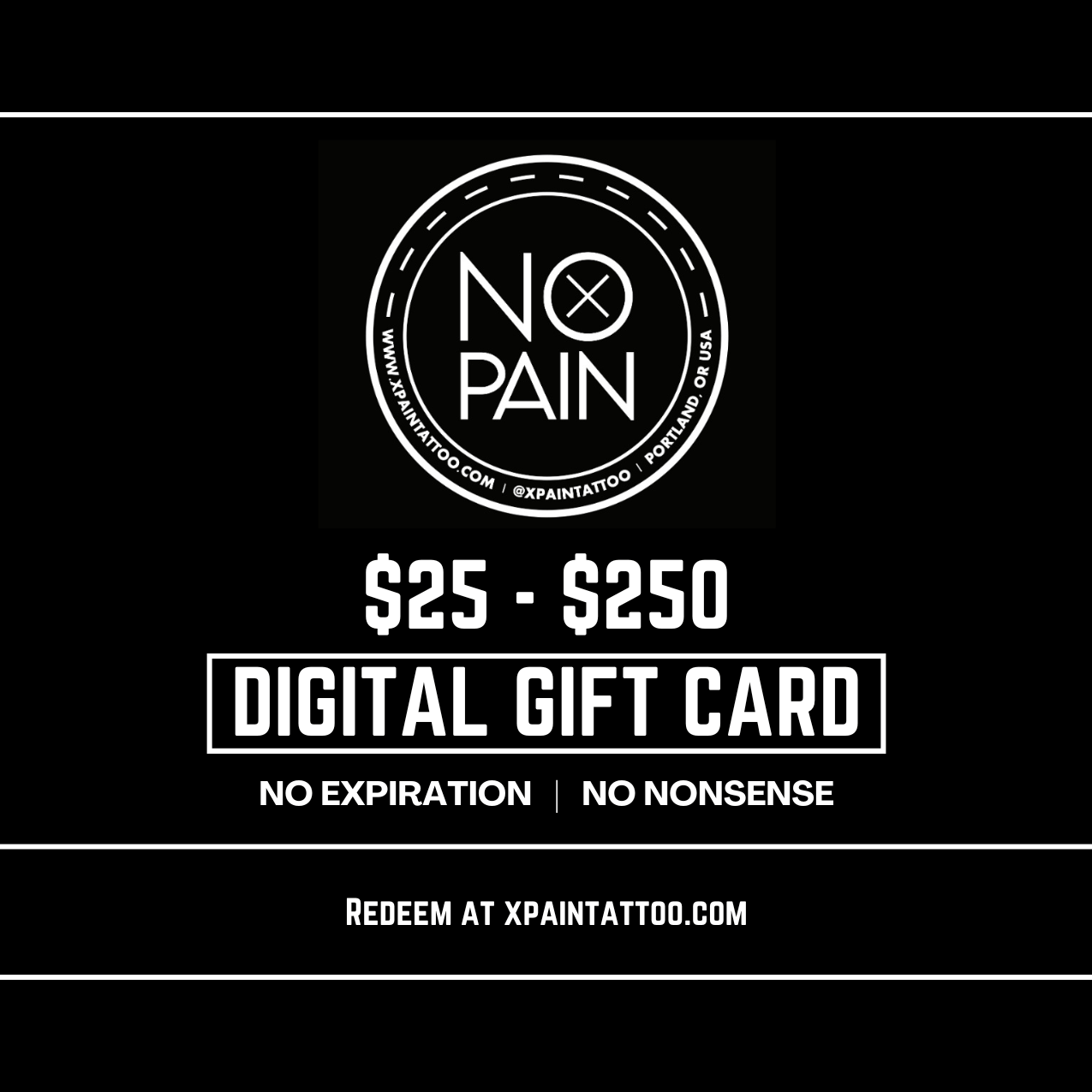You’ve spent countless hours scrolling through Instagram and saving reference photos. You’ve finally found an artist whose style you love, and you're ready to take the first real step toward getting your new tattoo. That step is the consultation, and for many people, it can feel a bit mysterious and intimidating.
What are you supposed to bring? What will the artist ask? What questions should you ask?
Relax. A tattoo consultation isn't a test. It's the beginning of an exciting creative collaboration between you and your artist. It’s a dedicated meeting to ensure you are both on the same page before a needle ever touches your skin.
This guide will walk you through the entire process, from how to prepare to what to expect, so you can walk into your consultation feeling confident and ready to create something amazing.
Why is a Consultation So Important?
A consultation is more than just a quick chat. It serves three critical purposes:
-
It's a "Vibe Check": This is a two-way interview. You're feeling out the artist to make sure they understand your vision and that you're comfortable with them. They're also feeling you out to ensure the project fits their style and that you're serious about the tattoo.
-
It's a Creative Briefing: This is where your abstract idea—your collection of photos and thoughts—gets turned into a concrete, tattooable plan.
-
It's a Logistical Meeting: This is where you'll discuss the practical details: price, scheduling, and how many sessions it might take.
How to Prepare Before Your Consultation
The success of your consultation happens before you even walk in the door. The more prepared you are, the more productive the meeting will be.
-
Know Your Idea: You don't need a perfect drawing, but you should have a clear theme or subject matter. "A floral sleeve" is a good start, but "A sleeve of Pacific Northwest native flowers, like rhododendrons and foxgloves, in a neo-traditional style" is even better.
-
Gather Your References: Create a small digital folder (or printouts) of 5-10 high-quality images. These are not for the artist to copy. They are for inspiration and to convey a mood, color palette, or specific elements. Be ready to explain what you like about each picture (e.g., "I like the smooth shading in this one," or "I love the deep red color in that one").
-
Know Your Placement and Size: Have a clear idea of where on your body you want the tattoo. Use a ruler to get an approximate size in inches. Be open to the artist's suggestions—they are experts in creating designs that flow with the body's anatomy and will look good for years to come.
-
Know Your Budget: Tattoos are a luxury service, and good work is not cheap. Be realistic about your budget and be upfront with your artist. This isn't awkward; it's respectful. It allows them to design a piece that meets your goals within your means.
What to Expect During the Consultation
Once you're at the studio, the collaborative process begins.
-
The Discussion: You'll show the artist your reference images and discuss your idea, placement, and size. They'll give you their professional feedback on what will work best, how the design might need to be adjusted to fit your body, and how it will age over time. This is your chance to ask any questions you have!
-
The Tracing: For larger or custom-fit pieces, the artist will likely take a photo or make a tracing of your body part (like your arm or back). This allows them to create a design that is perfectly shaped for you.
-
The Quote and Deposit: Based on the discussion, the artist will give you a price estimate. This might be a flat rate for a smaller piece or an hourly rate with an estimated number of hours for larger work like a sleeve. To book the appointment and compensate the artist for their drawing time, you will almost always be required to pay a non-refundable deposit, which goes toward the final cost of your tattoo.
-
Scheduling: Finally, you'll book the date(s) for your actual tattoo session. Be aware that popular, in-demand artists can be booked out for several months, so be patient!
Planning for the Big Day
Once your deposit is paid and your appointment is on the calendar, the excitement really begins. Now you can start preparing for the session itself, especially if it's a long one. A successful tattoo session isn't just about the art; it's about your comfort and ability to sit still, which allows your artist to do their best work.
For larger pieces or sensitive placements, pain management is a key part of preparation. This is where our products can make a huge difference. Applying our No Pain Tattoo Numbing Cream before your session can significantly reduce the pain, making the experience more comfortable. If you're booked for a long day, having our No Pain Tattoo Final Mile Gel™ on hand can help manage pain in the later hours. It's always a good idea to discuss using these products with your artist during your consultation.
Walking out of a successful consultation feels incredible—it's the moment your tattoo idea starts to become a reality. By being prepared, you ensure the process is smooth, exciting, and the first step toward a piece of art you'll love forever.




